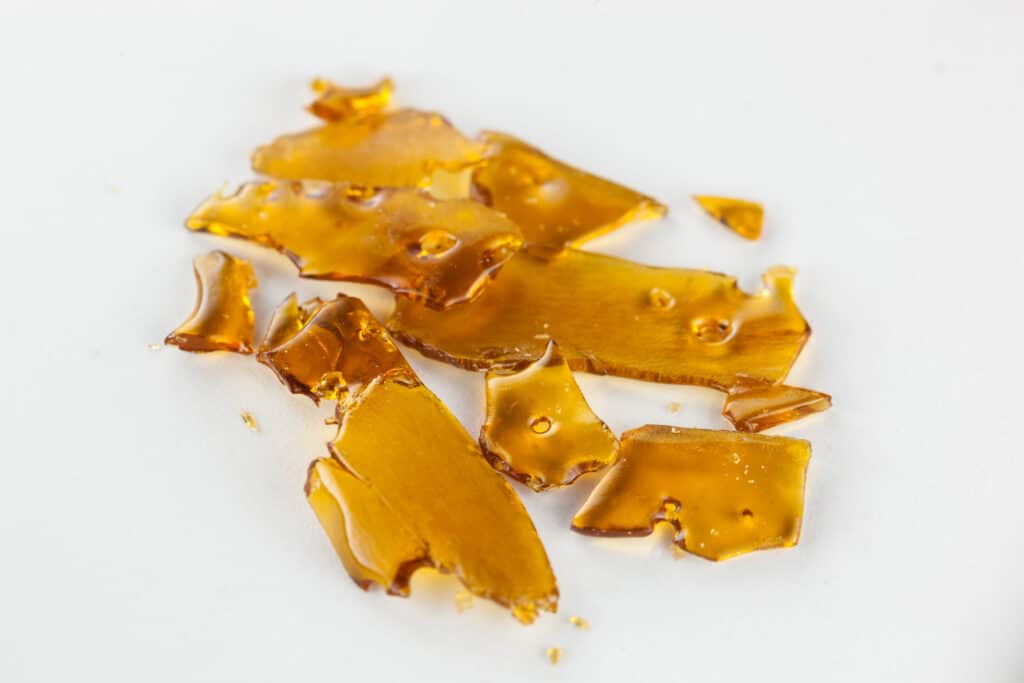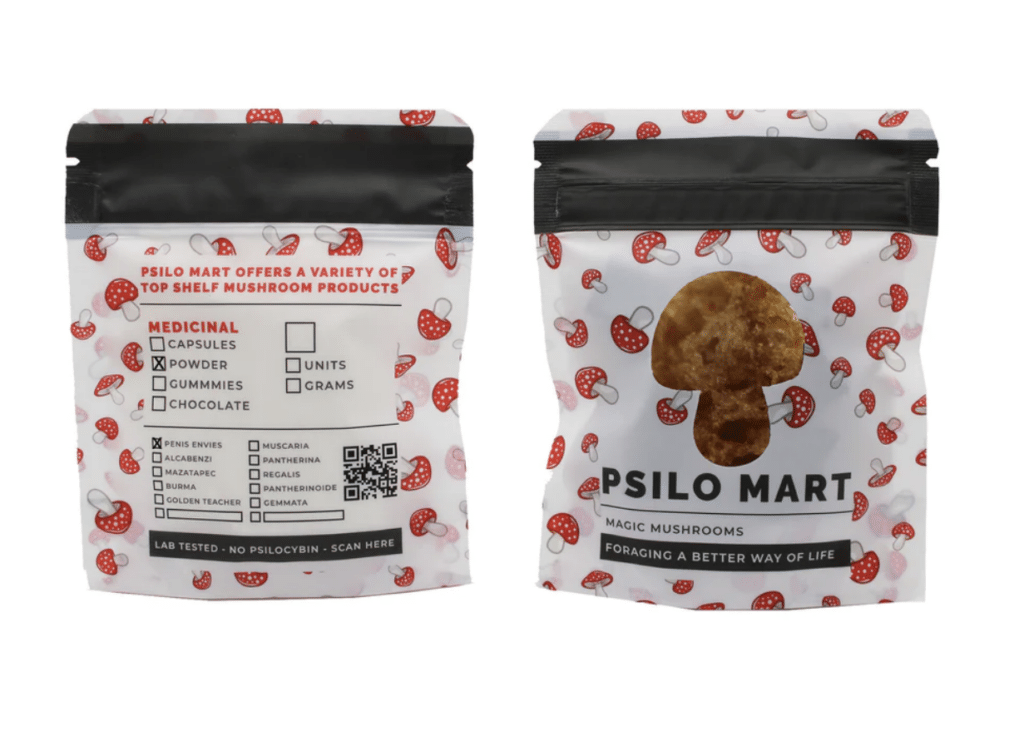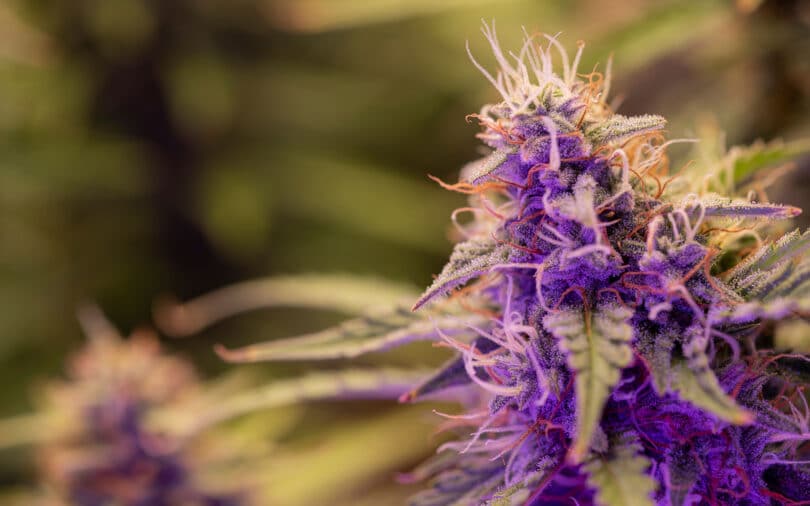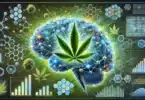The marijuana of today is not what it used to be; mainly because of rising THC levels. How much have they gone up, and what does this mean for users? Read on.
The weed of yesteryear
Sure, your parents might have been tokers back in the day. And if you come from the right family, you might be able to boast a super cool grandparent (or even great grandparent) that was smoking up before smoking up was a thing. But the reality of what was smoked back then, is incredibly different from today’s super-mega-high-powered weed; the result of rising THC levels.
The 60s and 70s, are known for an uptick in cannabis consumption. Along with the birth of hippies, came an increase in the drugs they liked to use; like weed and LSD. Back then there weren’t even blunts; putting weed in a cigar was not born into American culture. There were pipes and bongs, and the almighty joint. Back then, whether you smoked a lot or a little; the weed was like a watered down cocktail compared to the straight shot we roll up today.
The practice of smoking weed was brought into America by Mexicans, subsequent to the Mexican Revolution of 1910. It became an unfortunate association that was used, in part, to illegalize cannabis. Prior to the Mexican method of smoking it; cannabis was used frequently in medications, and as an industrial product for things like clothing, and military equipment.

When smoking it started, there was less association with getting sick. The idea of a THC overdose was significantly harder to come by; and smoking weed wasn’t likely to land a person in a hospital. These days, THC overdoses have led to an increased number of emergency room visits. And if you’ve ever been in the situation, you understand why; it doesn’t feel good. This has not led to an increased death rate, but that does not rule out that it can cause problems.
Beyond smoking, making edibles grew in popularity in the previous century, as well. The weed brownie is a veritable archetype of both the edibles industry in particular, and the overall weed industry. The same weed that was smoked was used to make edibles; so there was still way less chance of consuming too much. Beyond that, it really was just brownies and cookies, the idea of gummies or chocolate bars with segmented squares, didn’t exist.
Weed has been completely illegal federally since 1970, and was close enough to fully illegal, for the decades leading up. It wasn’t around everywhere. If you wanted to procure it, you had to find a dealer; and you weren’t likely to get the upscale choices of today. High Times magazine didn’t come into play until 1974, and it took many years after that to gain popularity and readership. There was no public conversation, no internet of information, and very little research since that was mainly barred too.
Natural history with cannabis was pushed underground when prohibition measures started coming into play. Weed became a delicacy to be enjoyed in the right time and place; with heavy prison sentences all over the states for using it. No one was messing with it, or trying to make it better; people were just happy if they could smoke it in peace.
Changing times; changing THC amounts
That was then, and this is now. California started the major changeover with a medical legalization in 1996. In 2012, Washington and Colorado knocked it up a notch with recreational legalization measures. Today we live in a world of dispensaries. Things have changed astronomically. Weed isn’t legal everywhere, but it’s a part of open conversations throughout the US, even in illegal states. The US government is dragging its feet about a full legalization; but we know its coming. And many states (23, containing about half the population), legalized cannabis.
If you’re in a legal state, there are dispensaries everywhere. Whether they’re legal or not is almost less the issue than that they can exist at all. An illegal dispensary still needs a legal landscape, or it gets busted automatically; so even illegal ones are only seen in legal states. And in weed illegal states like Kansas or Indiana; there are a host of black market ‘hemp-derived’ products like delta-8 THC and HHC, which can provide the same general high. This market has been fought by the US government (and individual states), but to no avail.

In today’s world of weed, you can skip right past the joints if you want, and even skip the brownies. These days there are oil vape carts, and dry herb vapes; edibles of everything from gummies, to potato chips, to ketchup; and you can even take your weed as a pill; put it on your skin as a patch; snort it into your nasal cavity, or use a highly potent extracts like shatter. The products market, both legal and illicit, has so many options for intake; that its almost surprising we’re not tapping a vein to mainline it.
Beyond the actual product choices, there’s another huge difference between the weed of yesteryear, and the weed of today: THC content. Whatever your parents or grandparents (or great grandparents) were smoking back in the 60s and 70s; it was nothing like the high-powered weed of today. What mainly separates old school marijuana from current offerings, is the THC levels. Not only are flowers much higher in the compound now, but some extracts boast THC levels of as high as 95%.
Rising THC levels in cannabis products
Alright, so weed today has higher THC levels than it used to; but what does this mean numerically? Let’s get into it! However, before doing so, I’d be remiss if I didn’t point out that the entirety of this issue stems from the legal market. Though black market products boast extremely high levels of THC, this didn’t happen in huge degrees, until legal medical markets opened. Up until that point, smokers were happy enough with the standard stuff.

Buy legal magic mushrooms
(Save 20% with Cannadelics coupon code)
Back in the day, a standard cannabis flower had less than 5% THC. One study, called Changes in Cannabis Potency over the Last Two Decades (1995-2014) – Analysis of Current Data in the United States, looked at weed samples from 1995-2014. All the weed involved was illicit, as there were no recreational markets at that time. However, medical markets did start in 1996; which means more biotech research into products, started around that time. According to the study, in 1995 the approximate THC amount in weed was about 4%. By 2014, it was 12%.
The study, which measured a total of 38,681 samples, pointed out something else. Not only did THC go up in the plants, but CBD went down. The dates for measurement start in 2001; indicating previous samples were not tested for CBD. According to the data, in 2001, CBD averaged .28%, and by 2014, it was less than .15%. This makes for a wildly different ratio between THC and CBD content. Whereas in 1995 the ration for THC:CBD was more like 14:1; it grew by 2014 to be 80:1.
Another study goes back even farther, and investigates THC content over a nearly 50 year period from 1970 to 2019. Called Changes in delta-9-tetrahydrocannabinol (THC) and cannabidiol (CBD) concentrations in cannabis over time: systematic review and meta-analysis, this study was conducted by the University of Bath’s Addiction and Mental Health Group. It also looked at illicit samples, and included data from the UK, Netherlands, France, Denmark, Italy and New Zealand. In total the study looked at 80,000 samples going back to 1970. According to this study’s data, THC levels increased by 14% between 1970 and 2017.

The authors credit the increase, with stronger strains becoming more popular and gaining more market share. As better quality offerings became known about through publications like High Times, and the introduction of medical markets; it also became more available on the black market. People opted for the stronger plants over the cheaper and seedy ‘ditch’ weed that was more commonly smoked.
The study also put a focus specifically on cannabis resin (hash). This is where increases were seen the most; with a 24% increase from 1975 to 2017. Unlike the previous study mentioned, however; investigators on this study did not find a significant change in CBD levels over time.
Yet another article, published in 2018, weighs in on this changeover. The article, called The Problem with the Current High Potency THC Marijuana from the Perspective of an Addiction Psychiatrist; gives its own breakdown for the situation. Whereas it agrees that by the 1990’s, THC levels had risen to 4%; it says that prior to the 90’s, it was as low as 2%, or less.
This article claims that between 1995 and 2015, the amount of THC in flower, skyrocketed 212%. It gives an example of Colorado selling strains with 17-28% THC, back in 2017. It pointed out that many of these super-high THC strains, have as little as 0.09–0.2% CBD. This makes for not only a massive increase in THC, but also a massive change in the ratio composition of the plant’s compounds. It’s kind of like it makes it a totally different plant. Beyond flower, the article points out that other extracts, from vapes to shatter to oil, can have as much as 95% THC.
I write a lot about the general safety of weed, and its lack of a death or injury toll; and I stand by this (for now). What I do have to admit, however, is that weed is not what it used to be. Even when I started smoking it back in the late 90’s, it was an entirely different beast from today. Whereas regular cannabis really never did cause a problem; the products of today are like amped up versions. And its harder to dismiss the idea that these new age products, might actually cause problems for some people.
Final thoughts
These rising levels of THC in marijuana, give credence to the reports of raised emergency room visits. And it does call into question if cannabis with such high THC levels, might be problematic when used by the wrong person. Maybe your parents, or grandparents, (or great grandparents) were catching a buzz back in the day. But these days we go straight past ‘buzzed,’ and head directly to downright ‘stoned.’
Hello readers! We welcome you to Cannadelics.com; where we report on cutting-edge stories in the worlds of weed, psychedelics, and well beyond. Hit us up frequently to stay on top of everything; and subscribe to our Cannadelics Weekly Newsletter; for awesome product promotions, along with the news.






